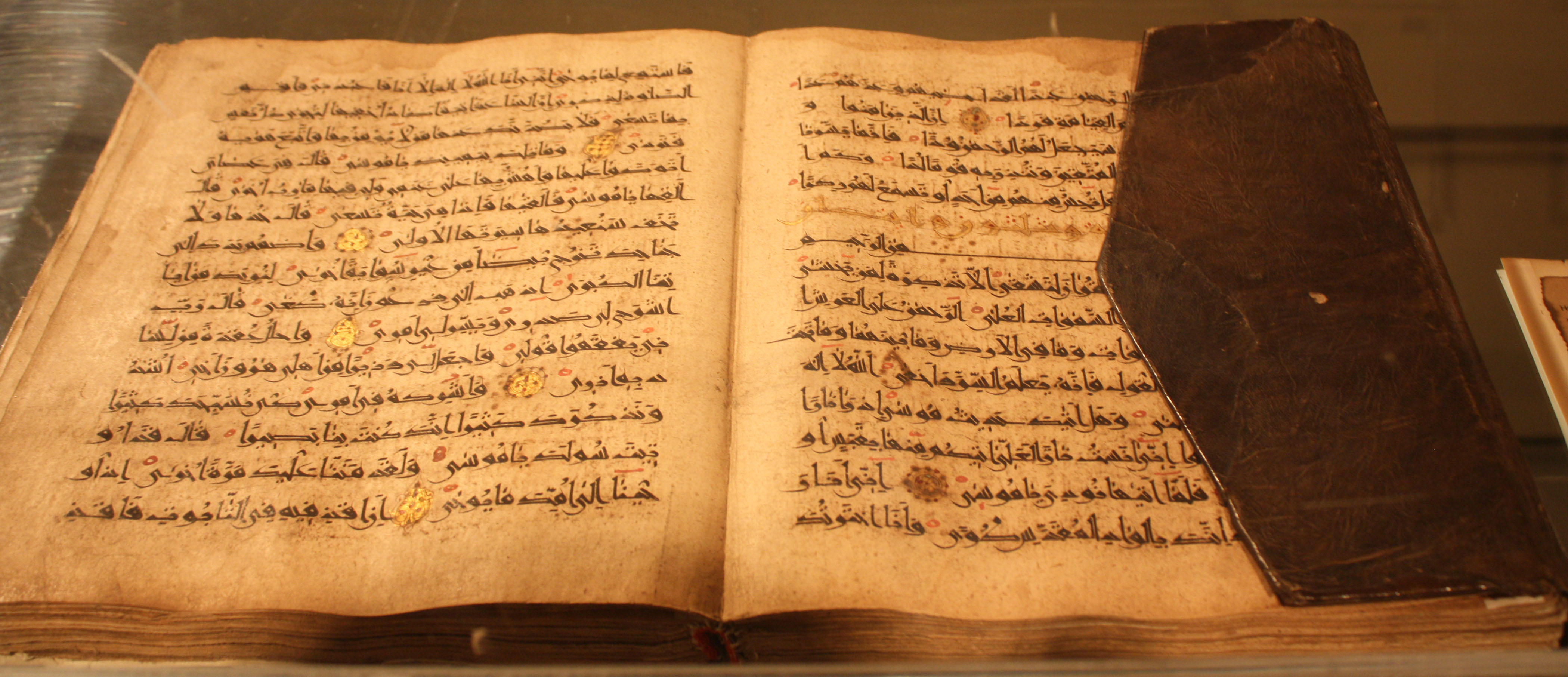By Debangana Chatterjee
Though often being referred to as an Islamic practice, Female Genital Cutting (FGC) precedes both Islam and Christianity. It is believed to have originated in the Pharaonic era of Egypt. Elizabeth Boyle, author of Female Genital Cutting: Cultural Conflict in the Global Community, mentions in the book that before the advent of Islam, Egyptians, who valued FGC (particularly infibulation), introduced a strong slave system and expanded it towards the adjacent geographic region. At the onset of Islam in the Egyptian controlled region, Islam asserted a stringent prohibition towards enslaving other Muslims. Hence, non-Muslim were continued to be used as slaves, and since FGC was done to these non-Muslim women slaves to increase their worth and value as slaves, FGC was by extension spread to other parts of Africa by the slave traders. This remains one of the driving factors behind the spread of FGC in Africa simultaneous to the rise of Islam.
Despite FGC predating Islam, the myth of it being an Islamic practice persists due to the impressions of virginity and purity remaining closely associated with the religion’s values. There are ample reasons to challenge the unnecessary association of the practice with the Islamic culture. First, FGC was common among the Egyptian Coptic Christians and a number of Tanzanian Christian communities. In fact, FGC was also reportedly performed on Western women in the 1950s as a cure to nymphomania and depression according to L. Amede Obiora.
Secondly, the practice is rife only among a limited number of Islamic practitioners of the world. Islam is the world’s second largest religion with approximately 1.6 billion followers of the religion consisting of 23.2 percent of the world population. On the other hand, there are around 200 million reported cases of FGC worldwide which includes non-Islamic people as well. Even if one takes these numbers as absolute, merely 12 percent (approx) of the entire Islamic population is affected by the practice. Thus, FGC does not necessarily qualify as an Islamic practice, considering most of the followers of the religion either nullify FGC or even remain oblivious to it. Third: the Holy Quran altogether stands in opposition to inflicting harm; going by that logic Islam cannot be supportive of FGC inflicting mental/physical harm of any sort onto women/girls. Despite the Prophet being explicit about sunna (tradition) on male genitals, FGC’s existence within Islam remains debatable.
In many countries, Islamic traditions often remain debatable, including discussions on FGC. In the documentary The Cutting Tradition, an imam from the Harar region of Ethiopia is heard explaining how it already existed among various communities and the Prophet merely advised a sunna way of cutting where only the nicking of the clitoral prepuce is permitted. In the same documentary the Grand Mofti of Egypt, Fadilet Al-Mofti Ali Gomma repudiates any religious basis for FGM/C, though in 1994 a religious decree was issued in the country in favour of the practice stating it as an honourable deed for women. In fact, the decree, issued by one of Egypt’s prominent clerics Sheikh Gad el-Haqq, admittedly mentioned that FGC is not obligatory in Islam but should be followed due to the traditional rituals attached to it.
Even in the Afar region of Ethiopia, religious leaders are seen invoking Islamic scripture and text to counter continuation of FGC among practicing community members.
The practice came to South-East Asia in the 13th century, due to the advent of Islam in the region after the change in regime. The Shafi school of Sunni Islam in Indonesia and Malaysia considers FGC an Islamic practice, yet they are culturally influenced by the region where Yemen and Oman are situated, countries that have considerable FGC prevalence.
At a time in the world when right-wing politics riles up with growing Islamophobia, it is important not to straightjacket Islam in order to avoid its unnecessary vilification and mindless demonization. Islam, as it grew, got entangled with cultural traditions in such a manner that it often looks inseparable. But a close and nuanced study of the matter opens it up for further scrutiny and leaves room for potential dialogic engagement with the communities practicing female genital cutting so that in time these communities will come to abandon it.
Read Part 1 – What Islam says about Female Genital Cutting and how far are these texts invincible?
More about Debangana
Debangana is a doctoral scholar at the Centre for International Politics Organisation and Disarmament (CIPOD), Jawaharlal Nehru University. Through her research, she is trying to locate the existing Indian discourse surrounding the practices of FGM/C and Hijab into the frame of international politics. If you would like to connect with Debangana, you can reach her at This email address is being protected from spambots. You need JavaScript enabled to view it..

